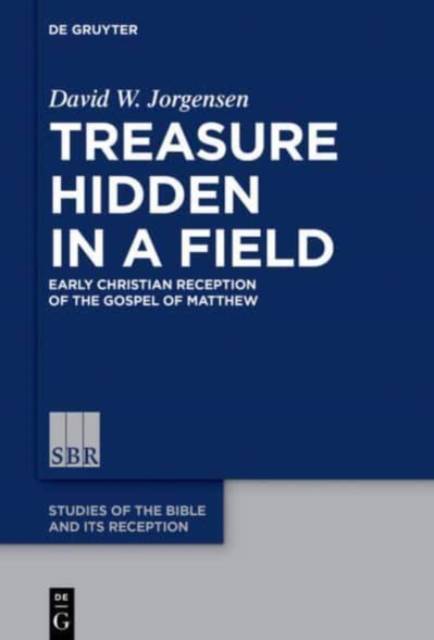
Je cadeautjes zeker op tijd in huis hebben voor de feestdagen? Kom langs in onze winkels en vind het perfecte geschenk!
- Afhalen na 1 uur in een winkel met voorraad
- Gratis thuislevering in België vanaf € 30
- Ruim aanbod met 7 miljoen producten
Je cadeautjes zeker op tijd in huis hebben voor de feestdagen? Kom langs in onze winkels en vind het perfecte geschenk!
- Afhalen na 1 uur in een winkel met voorraad
- Gratis thuislevering in België vanaf € 30
- Ruim aanbod met 7 miljoen producten
Zoeken
€ 301,45
+ 602 punten
Omschrijving
This reception history of the Gospel of Matthew utilizes theoretical frameworks and literary sources from two typically distinct disciplines, patristic studies and Valentinian (a.k.a. "Gnostic") studies. The author shows how in the second and third centuries, the Valentinians were important contributors to a shared culture of early Christian exegesis. By examining the use of the same Matthean pericopes by both Valentinian and patristic exegetes, the author demonstrates that certain Valentinian exegetical innovations were influential upon, and ultimately adopted by, patristic authors. Chief among Valentinian contributions include the allegorical interpretation of texts that would become part of the New Testament, a sophisticated theory of the historical and theological relationship between Christians and Jews, and indeed the very conceptualization of the Gospel of Matthew as sacred scripture. This study demonstrates that what would eventually emerge from this period as the ecclesiological and theological center cannot be adequately understood without attending to some groups and individuals that have often been depicted, both by subsequent ecclesiastical leaders and modern scholars, as marginal and heretical.
Specificaties
Betrokkenen
- Auteur(s):
- Uitgeverij:
Inhoud
- Aantal bladzijden:
- 336
- Taal:
- Engels
- Reeks:
- Reeksnummer:
- nr. 6
Eigenschappen
- Productcode (EAN):
- 9783110476552
- Verschijningsdatum:
- 26/09/2016
- Uitvoering:
- Hardcover
- Formaat:
- Genaaid
- Afmetingen:
- 156 mm x 234 mm
- Gewicht:
- 693 g

Alleen bij Standaard Boekhandel
+ 602 punten op je klantenkaart van Standaard Boekhandel
Beoordelingen
We publiceren alleen reviews die voldoen aan de voorwaarden voor reviews. Bekijk onze voorwaarden voor reviews.









